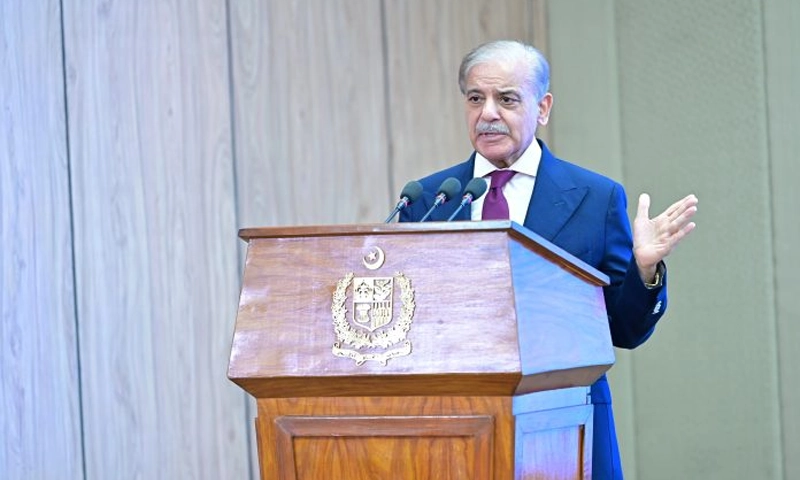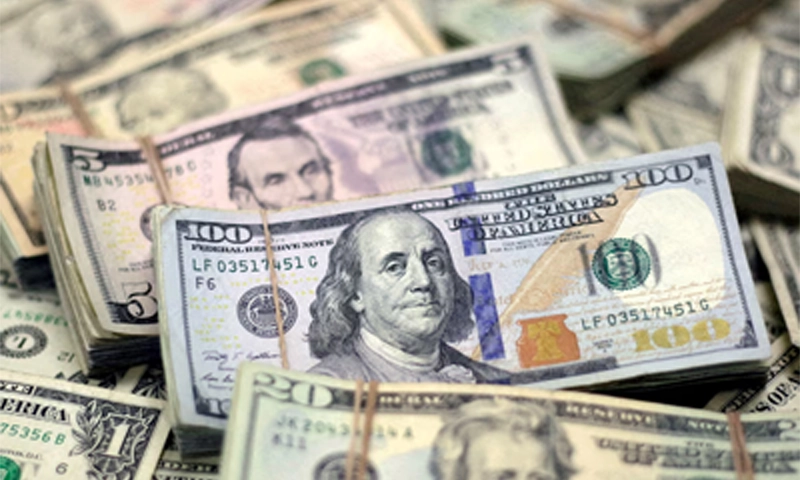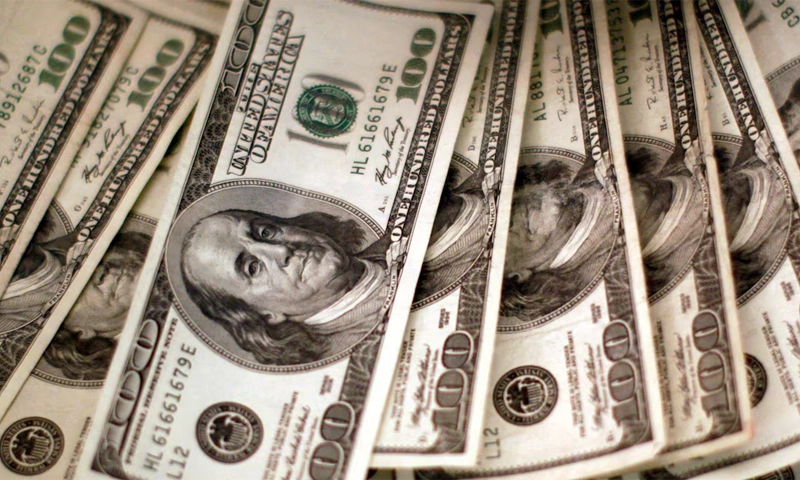- Web Desk
- 1 Hour ago

ECB cuts benchmark interest rate to 2.5pc amidst weak growth, rising inflation
-

- Web Desk Karachi
- Mar 07, 2025

BRUSSELS: The European Central Bank (ECB) has decided to cut its benchmark interest rate by a quarter point to 2.5 percent during its March meeting, in response to rising inflation and ongoing weak growth across the Eurozone.
This reduction aligns with analysts’ expectations and will take effect from 12 March 2025. The interest rates on various facilities have also been adjusted: the deposit facility rate will decrease to 2.50 percent, the main refinancing operations rate to 2.65 percent, and the marginal lending facility to 2.90 percent.
In its statement, the ECB highlighted that the easing of monetary policy is designed to make borrowing cheaper for businesses and consumers, which could stimulate loan growth.
Despite this, the ECB acknowledged that past interest rate hikes continue to affect the overall credit landscape, and lending remains relatively subdued. Notably, growth projections have been revised downwards, now estimating 0.9 percent growth for 2025, 1.2 percent for 2026, and 1.3 percent for 2027.
Inflation remains a persistent concern, having cooled to 2.4 percent in February, slightly above the anticipated 2.3 percent. The increase is attributed primarily to inflation in services, measured at 3.7 percent year-on-year. Additionally, consumer prices rose by 0.5 percent from January, marking the largest monthly increase since April 2024.
Looking ahead, the spectre of a potential trade war with the US could exacerbate inflationary pressures, particularly with President Donald Trump’s threat of a 25 percent tariff on EU imports. In response, the EU has indicated potential retaliation through its own tariffs. Moreover, the ongoing conflict in Ukraine complicates the Eurozone’s economic landscape, as European nations are compelled to increase military spending in light of reduced US military support.
Digital Euro a priority for ECB to boost financial autonomy: Christine Lagarde
Sylvain Broyer, Chief EMEA Economist at S&P Global Ratings, remarked that this rate cut may be among the last in the current cycle, citing ongoing inflation risks, particularly in relation to wages. He underscored the importance of how Europe finances its defence efforts, suggesting that utilising existing EU budgetary headroom or leveraging private savings through the European Investment Bank (EIB) could be more effective than simply relaxing fiscal rules.
While policymakers navigate these challenges, they remain wary of the eurozone’s tepid growth. Eurostat reported a marginal 0.1% quarter-on-quarter GDP increase for the eurozone in Q4 2024, and early indications suggest a sluggish start to 2025. Jack Allen-Reynolds, Deputy Chief Eurozone Economist at Capital Economics, noted that such minimal growth is not particularly promising.
Meanwhile, across the Atlantic, the Federal Reserve is expected to make its next monetary policy decision on 19 March, with predictions suggesting US interest rates may be lowered two or three times in 2025, likely toward the latter part of the year.





